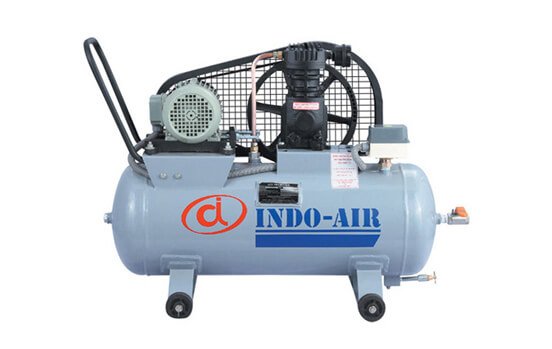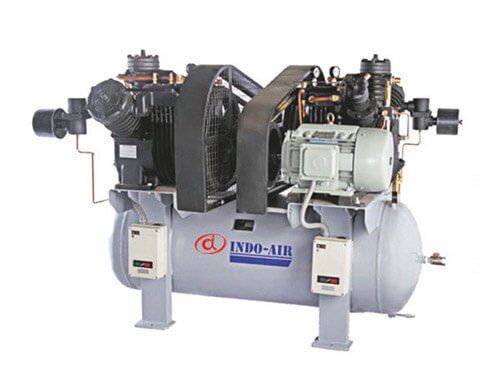Pneumatic tools have made some of the hardest jobs extremely easy. The air compressor tools can be used to cut the hardest materials and that too with ease only if you know how to use them the right way. Since it’s the amount of pressure that does the job, the key to achieving desired results lies in knowing how much pressure to apply. According to compressor manufacturers in India, the required pressure depends on various factors. Let’s understand the right way to calculate pressure for a particular job.
According to application
The air pressure required for a given job depends on what tool is being used. While general use tools can work well between 0-5 cf, at 70 to 90 psi, larger tools take more than 10 cfm at 100 to 120 psi.
In most conditions, different tools are designed to work at different pressures and these usually come with specifications and instructions. There are a variety of tools for every task such as angle grinding, cutting, chiseling, nailing, drilling, sanding, greasing, nibbling, scaling, ratcheting, painting, riveting, sawing, unscrewing, sneering, and much more.
The type of tool
As we discussed above, there are a variety of tools and the pressure requirements vary according to the tool. Once you know the type of tool you need, you will easily get information about pressure requirements. The manufacturer mentions it in the specifications or you can search on the web. A little research will easily get you reliable results.
Number of tools
Since air pressure requirement is different for every tool, using multiple tools at once will affect the requirements for sure. Using multiple tools at once can be really effective and that’s why it is quite common for large industries to use various tools together or in succession.
If you are using multiple tools, you need a compressor that can power both the tools at one go. Calculate individual pressure requirements for every tool in use and add them together. The resultant amount is how much pressure your compressor needs to produce to make sure all the tools are working fine.
Usage cycle
How you use various tools is also important. How long will each tool work? How many of them will work together? Will you take breaks or is there a need for longer cycles? Will you use the tools together or one after another?
Answering these questions will help you analyze how the pressure requirements can be adjusted. The required pressure at a given time will depend on which tools are on work and for how long.
Calculating pressure requirements for a 100% duty cycle will be useful if you wish to work long hours, but if the tools work for a short period, you need to make more calculations.
How to calculate the required pressure?
The air compressors have cfm ratings which means you can calculate the amount of pressure required to reach a certain cfm for that particular reciprocating air compressor. Depending on the cfm of the tool you are using, you can calculate the amount of pressure required. However, these calculations need to be done keeping in mind the duty cycle of the tool. The pressure requirements might change depending on the duty cycle and how compatible the tool and compressor are.
Calculating air compressor pressure requires you to understand various things about the compressor, the tool, and duty cycle. Understanding the requirements of various tools and output of your compressors makes you better at guessing or say calculating the required pressure. Explore various cfm rating tables and you will have a better understanding.




